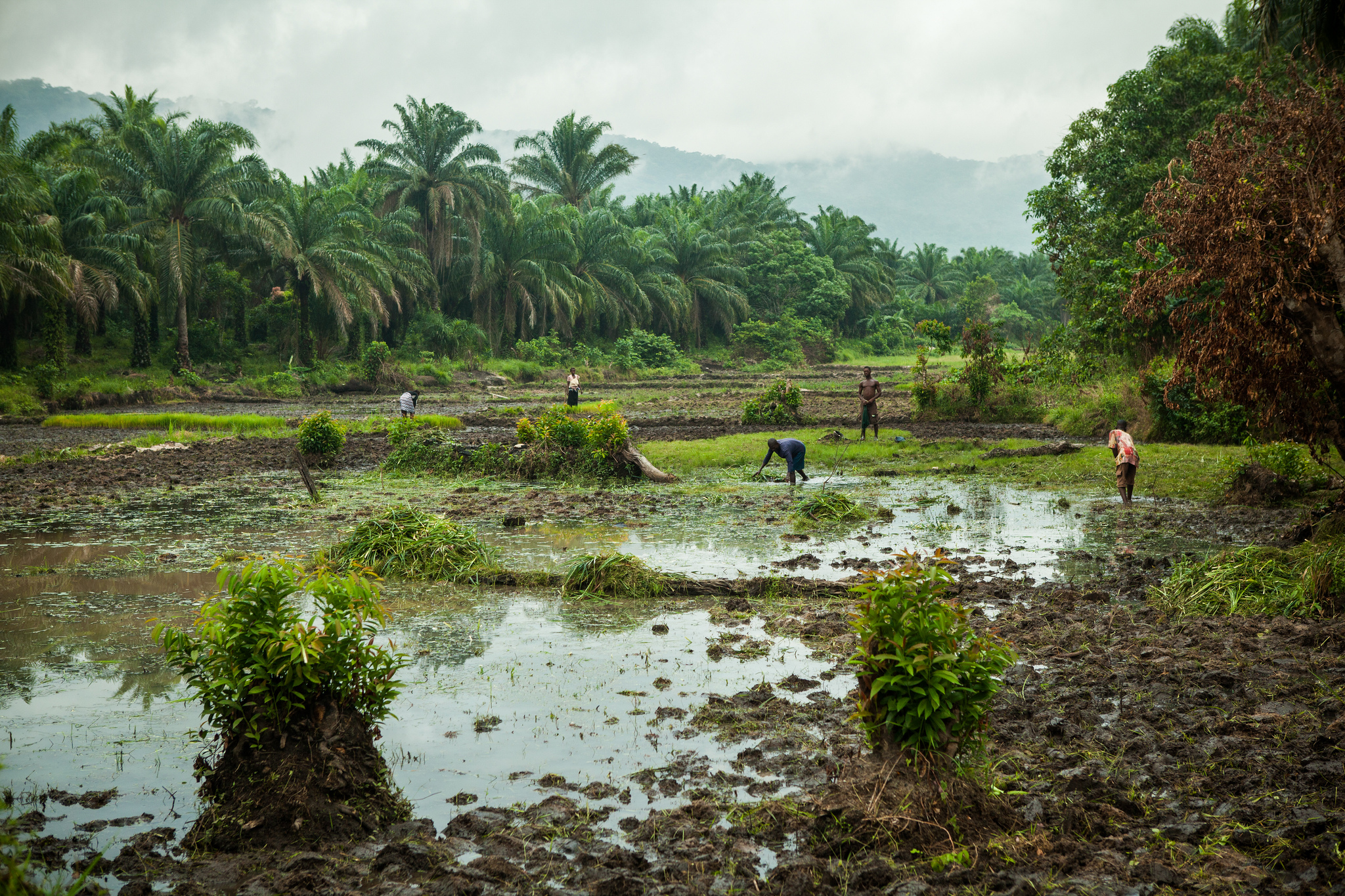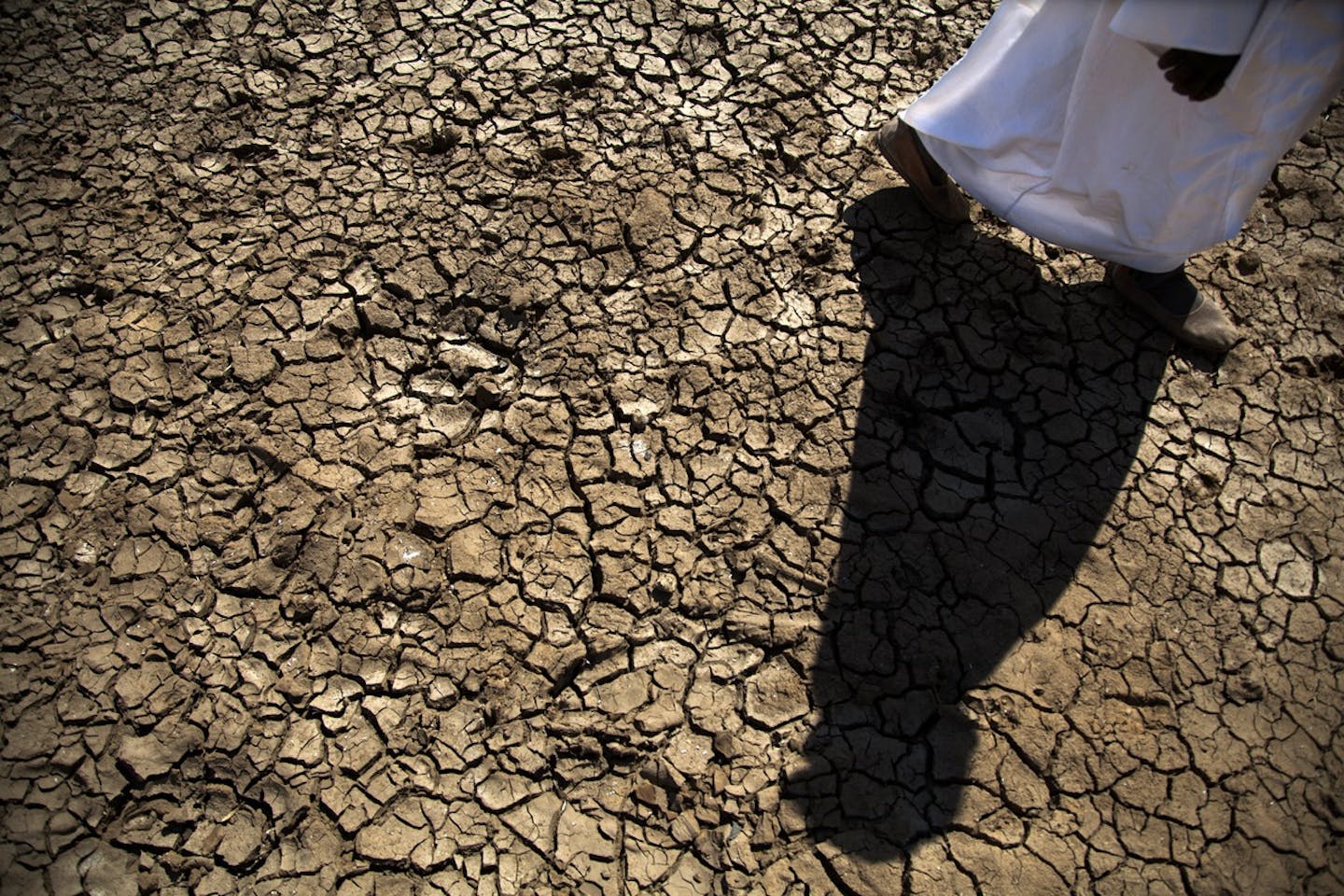How global security is connected to climate change
The Dakota Access Pipeline and the Arab Spring are just two of many major conflicts influenced by misuse of natural resources and environmental stress. From massive social protests to groundbreaking legal action to civil wars, 21st-century geopolitics are increasingly shaped by the underlying issues of land use, environmental impacts, human rights, and other concerns stemming from natural resource extraction and exploitation.
How can we bridge these rifts? The solution lies in management of the natural resources themselves and the adoption of emerging tools to advance environmental security.
You can now learn for free about these issues and new tools to combat conflict in Environmental Security and Sustaining Peace, a massive open online course produced by UN Environment, the Environmental Law Institute, and leading universities.
Launching March 1, the course provides an overview of tools and strategies for managing the many linkages between environment, conflict, and peace. From an in-depth introduction to the environmental drivers of conflict, to details on the role of natural resources during conflict, to tools for natural resources for post-conflict recovery, Environmental Security and Sustaining Peace is a must for anyone interested in the security of our planet and our people.
Here’s a sneak peek at what you’ll learn:
CLIMATE STRESS Severe climate stress doubles the risk of armed conflict. The course includes a case study on the Arab Spring and other examples from around the world, highlighting the critical importance of government and social action in determining whether climate stresses leads to conflict.
CONFLICT RESOURCES The environment is often intentionally targeted during armed conflict, one striking example being the burning of Kuwaiti oil wells by Iraqi military forces during the Persian Gulf War. But it is even more common for natural resource revenues to finance conflict, with devastating impacts for the environment and communities. Since the end of the Cold War, more than 35 major armed conflicts have been financed by revenues from a range of conflict resources, from diamonds and timber, to bananas and coffee, to ivory and illegal wildlife trade. In the course, you’ll explore methods for regaining control of markets and illicit trade in conflict minerals and other resources.

Diamonds were used to fund Sierra Leone’s civil war. After the war, some organizations have worked to transform old mines into farming land to sustain local livelihoods.
Photo: Simon Rawles/CAFOD 2013.
LANDSCAPES & LIVELIHOODS Short-term survival is often a primary concern during an armed conflict–but often, use of natural resources for short-term survival in these settings will inadvertently undermine long-term sustainability. Livestock are raided; displaced communities cut trees to build homes and make charcoal. After conflict, managing land, water, forests, and other resources is necessary restore livelihoods disrupted by conflict and to provide livelihoods to ex-combatants.
This course provides details on the tools, techniques, and technologies (such as remote sensing and mapping) necessary to monitor environmental risks, prevent conflict, reduce the impacts of conflict, and secure post-conflict peace.
The course begins March 1 and ends May 10. Visit SDG Academy to learn more.



